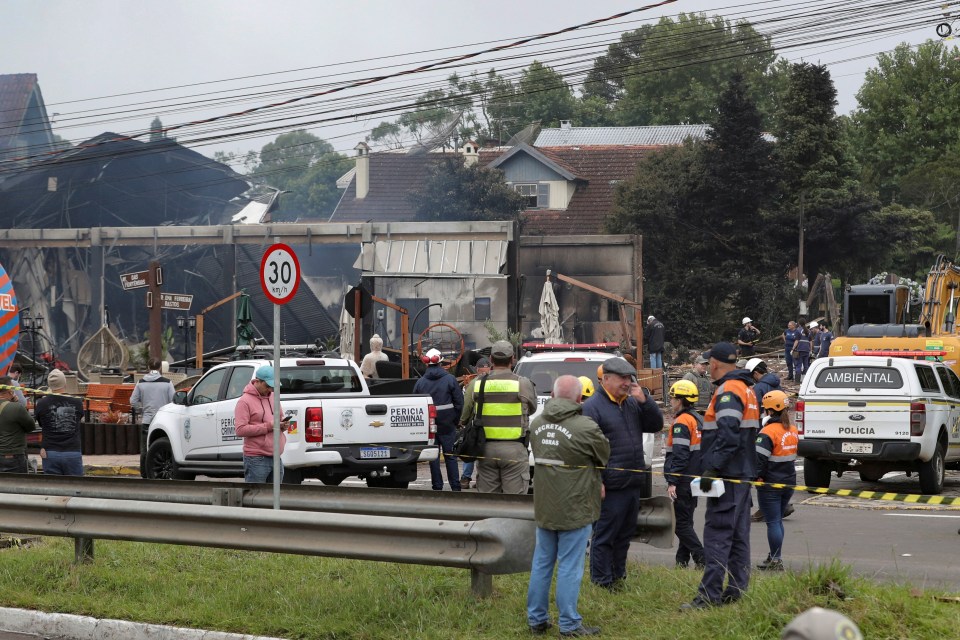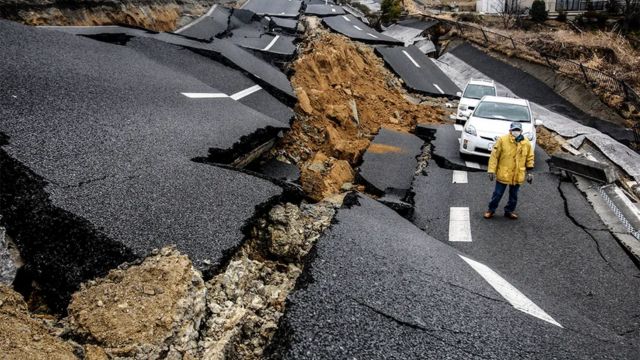Discover the Largest Earthquake Ever: Unleashing Nature’s Might
The power of an earthquake lies not just in its immediate impact but also in its ability to remind us of the immense forces at work beneath Earth’s surface. The largest earthquake ever recorded is a testament to this formidable natural power. This article delves into the details of this seismic event, exploring its magnitude, impact, and the lessons learned from it.
The 1960 Valdivia Earthquake: A Colossal Event
- Date and Location: On May 22, 1960, the most powerful earthquake in recorded history struck Valdivia, in southern Chile.
- Magnitude: The earthquake reached a staggering 9.5 on the moment magnitude scale, the largest ever recorded.
The Mechanics of the Megaquake
- Tectonic Setting: The earthquake was caused by the subduction of the Nazca Plate beneath the South American Plate. This tectonic setting is known for generating powerful seismic events.
- Rupture Process: The earthquake’s rupture zone extended for over 1,000 kilometers (620 miles) along the Chilean coast, releasing an enormous amount of energy.
Devastating Impact
- Casualties and Damage: The earthquake and subsequent tsunamis resulted in an estimated 1,000 to 6,000 fatalities. It caused widespread destruction in Chile and damaged coastal towns across the Pacific, as far away as Hawaii, Japan, and the Philippines.
- Geological Effects: The event caused significant geological changes, including landslides, river redirection, and the formation of new lakes.
Tsunami: A Ripple Across the Pacific
- Global Reach: The earthquake generated a series of tsunamis that affected the entire Pacific Rim. Waves as high as 25 meters (82 feet) were reported in Chile.
- Far-Reaching Effects: The tsunamis traveled across the Pacific Ocean, causing damage and loss of life as far away as Japan, almost a day after the earthquake.
Scientific and Societal Impact
- Seismology and Earthquake Studies: The 1960 Valdivia earthquake was a pivotal event in the field of seismology. It provided valuable data that contributed to the understanding of plate tectonics and earthquake dynamics.
- Preparedness and Response: The earthquake led to improvements in seismic codes and standards, particularly in Chile, which has since experienced other significant earthquakes. It also highlighted the importance of international cooperation in disaster response and the need for effective tsunami warning systems.
Lessons Learned
- Awareness and Readiness: The event underscored the necessity of earthquake and tsunami preparedness, especially in seismically active regions.
- Building Resilience: Investing in resilient infrastructure and community preparedness can significantly reduce the impact of such natural disasters.
Conclusion
The 1960 Valdivia earthquake remains a powerful reminder of Earth’s dynamic nature and the potential for sudden, catastrophic change. It has shaped not only the field of geoscience but also the global approach to disaster preparedness and response. As we continue to learn from these natural events, the focus remains on enhancing our ability to anticipate, withstand, and recover from the incredible forces that shape our planet.










